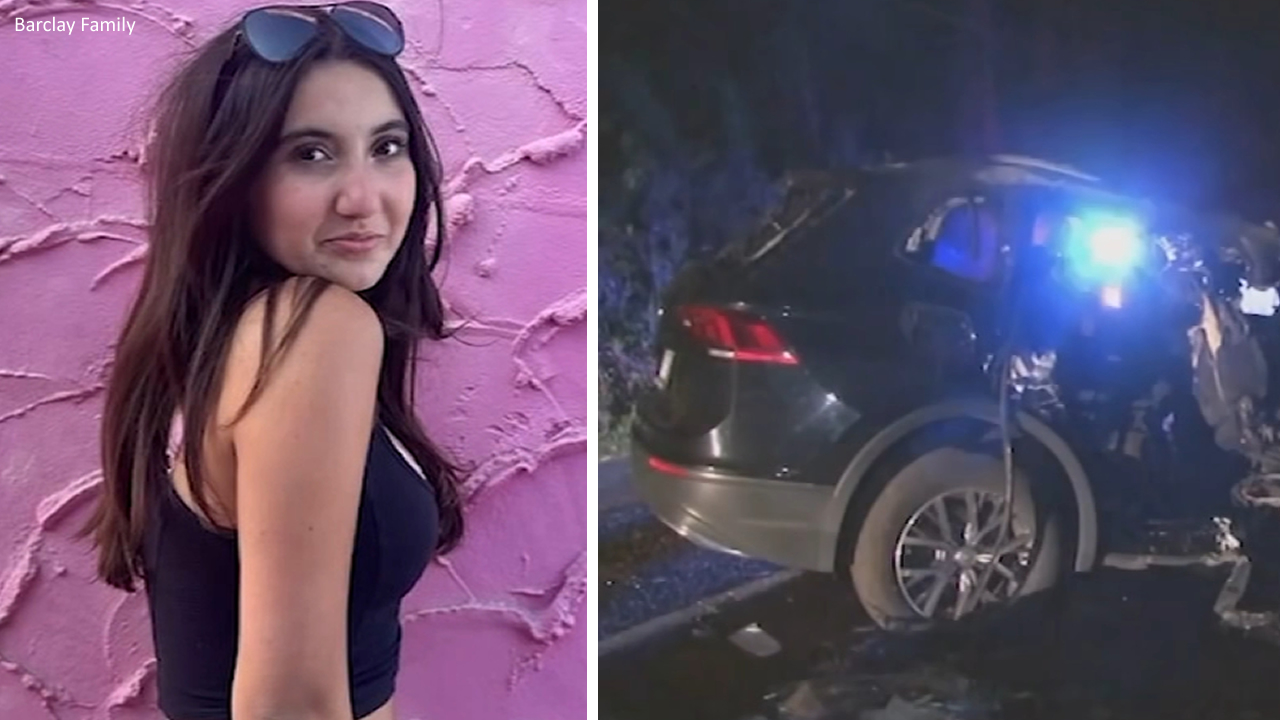More than 1 billion animals estimated dead in Australia wildfires: Expert

MOLLYMOOK, AUSTRALIA -- More than 1 billion animals are estimated to have died in the devastating wildfires ravaging Australia, an expert said Wednesday.
More than 800 million of those animals are estimated to have been killed in New South Wales alone, according to a statement from The University of Sydney.
"It's events like this that may well hasten the extinction process for a range of other species," Professor Chris Dickman of The University of Sydney, the expert who made the estimate, told National Public Radio.
Dickman, an ecologist, has more than 30 years of experience in the conservation and management of Australian mammals. He is the former president of the Australian Mammal Society and the Royal Zoological Society of NSW.
Previous numbers estimated that more than 480 million animals had been killed since the September fires began.
Dickman warned that he was deliberately conservative with new estimate and expects the true mortality rate "to be substantially higher" than one billion.
The animals in the estimate include mammals (excluding bats), birds and reptiles, but does not include frogs, insects or other invertebrates. ABC News has reached out to Dickman for more details.
Australia's fire season typically runs from December to March, but these fires began in September and are expected to last for several more months.
The staggering loss of wildlife is the latest catastrophic effect the fires have had on the country.
So far this fire season, 1,687 homes have been destroyed in New South Wales, with 771 homes lost since Jan. 1 alone, according to the state's Rural Fire Service.
"That figure is likely to increase," a tweet from the firefighting agency read.
Paula Ugrinov, a resident of Mogo, New South Wales, was one of the many residents who lost her home.
She received a call from her neighbor that her house had been destroyed, and on Wednesday, she returned to see it for herself.
"It's just so naked. It looks bizarre," Ugrinov told ABC News' Chief Meteorologist Ginger Zee.
Ugrinov said she isn't sure what she will do next, but is confident Mogo will stand tall once again.
"I just think that the community will pull together even stronger. It will be restored," she said. "I believe God can work through this and restore."
Firefighters have managed to save more than 21,000 homes in New South Wales, according to the Rural Fire Service.
At least 25 people have lost their lives and more than 2,000 homes have been destroyed across the country, Australian Prime Minister Scott Morrison said Monday. Over 12 million acres have burned in Australia since the start of the fire season.
The wildlife that has survived, by either fleeing or going underground, will face immense difficulties once they return to their natural habitat, according to Professor Dickman.
The resources they once lived off of will no longer be there to support them, he said.
New South Wales has been hit especially hard. As of 9 p.m. local time Wednesday, there were 127 bush and grass fires burning there, with 56 still not contained, according to the Rural Fire Service.
Spotty rain hit the region earlier this week, though it didn't provide the relief many hoped for.
Inspector Ben Shepherd with New South Wales Rural Fire Service said the rain actually hampered firefighters' efforts to back burn, an essential process in putting out wildfires.
A backfire is intentionally set in front of a wildfire and is used to prevent the fire from spreading, according to the International Association of Fire and Rescue Services. The backfires consume some of the combustible material and creates a belt that the wildfire can not easily penetrate, according to the association.
The rain hinders the fuels and makes it harder, if not impossible, to begin back-burning, Shepherd said.
Temperatures are expected to rise this weekend and winds will increase, helping fuel the flames.






